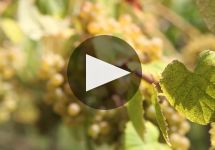Bodegas Jorge Ordonez Malaga Botani Old Vines Moscatel 2009
-
Robert
Parker
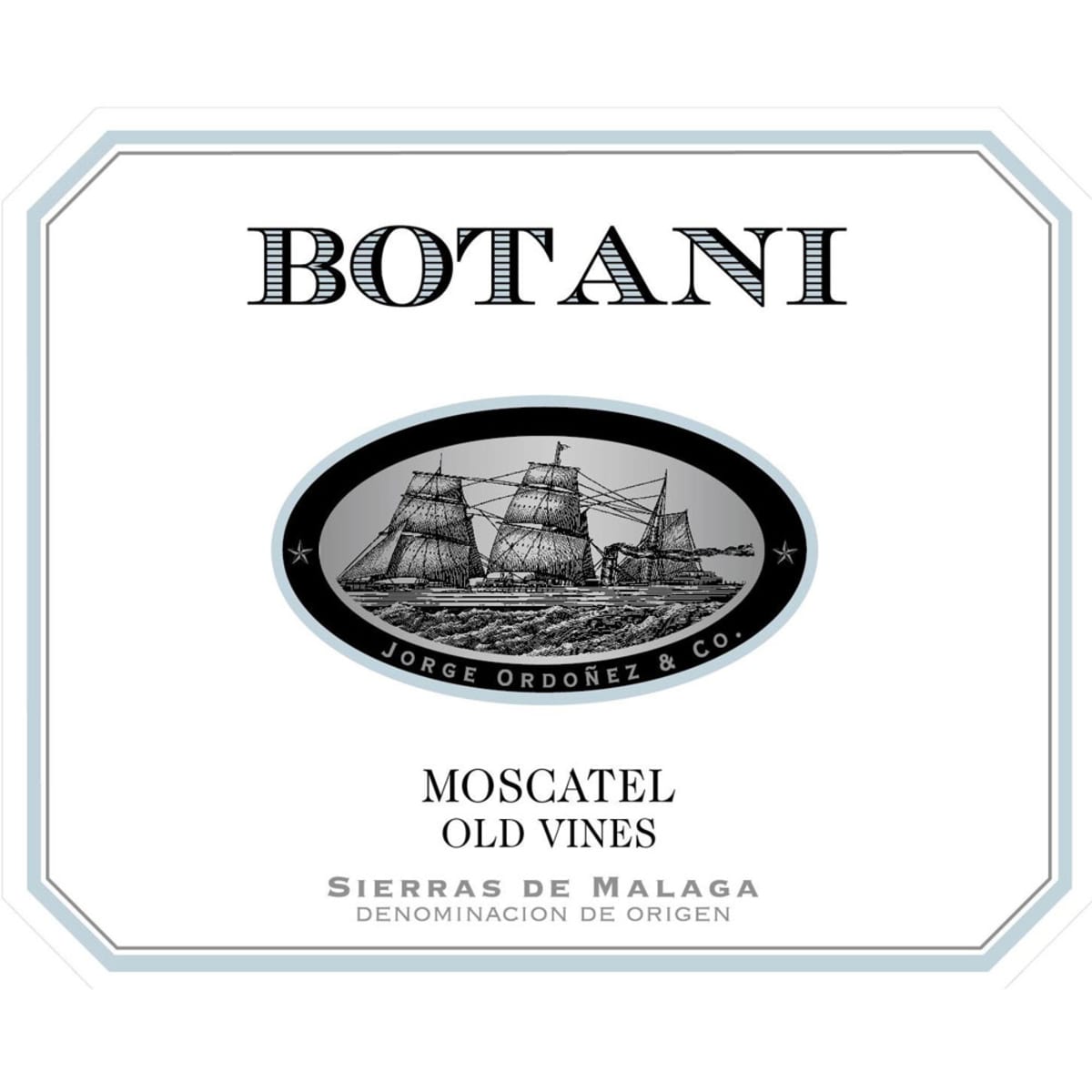

Product Details
Your Rating
Somm Note
Winemaker Notes
Professional Ratings
-
Robert Parker's Wine Advocate
The 2009 Botani was sourced from organically farmed 70-year-old Moscatel de Alejandria vines producing tiny yields. Thirty percent of the wine was barrel-fermented in neutral French oak, the rest in stainless steel. Medium straw-colored with a green tint, it displays a nose of mineral, spring flowers, acacia, and a hint of tropical aromas. The 2009 vintage has produced a wine with extra density and concentration. Although the aromatics suggest sweetness, the wine is dry but very fruity, refreshing, and exceptionally long. It is an outstanding value that over-delivers in a big way.
Other Vintages
2023- Vinous
-
Wine
Spectator -
James
Suckling
-
Wine
Spectator -
James
Suckling
-
James
Suckling -
Wilfred
Wong -
Wine
Enthusiast -
Jeb
Dunnuck -
Wine
Spectator
-
James
Suckling -
Jeb
Dunnuck
-
James
Suckling
-
James
Suckling
-
Robert
Parker
-
Robert
Parker
-
Robert
Parker
-
Robert
Parker
- Decanter
-
Robert
Parker
-
Robert
Parker
-
Robert
Parker
-
Robert
Parker


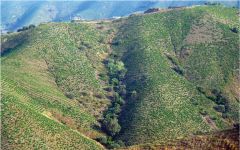

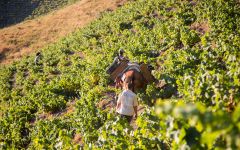
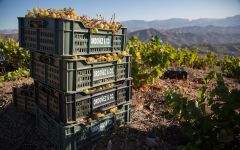

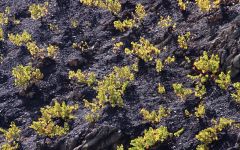
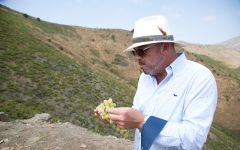
Bodegas Jorge Ordóñez Málaga, located in Ordóñez’s hometown, was founded in 2004. A partnership between Ordóñez and the Kracher family of Austria, the winery was founded with the goal of resuscitating the centuries long tradition of winemaking in Málaga, which was destroyed by the phylloxera plague in the 19th century. It was Jorge’s dream to champion his home region and restore it to its former glory.
The winery has more than accomplished its goal by producing Spain’s first and best dry Moscatel de Alejandría, Botani, and by reviving the tradition of unfortified sweet wine making in Málaga. Their series of sweet wines, N°s 1 through 4, are amongst the finest in the world, and are produced in the style of the unfortified sweet wines of Málaga that were internationally renowned in the 17th through 19th centuries. In 2012, N°2 Victoria became the first Spanish wine ever served at a Nobel Prize dinner.
Jorge Ordóñez Málaga produces its dry and sweet wines from Muscat of Alexandria, the oldest clone worldwide of the Muscat varietal. This is the original Muscat, which was originally cultivated extensively around Alexandria, Egypt, and planted in Málaga by Phoenician traders 3,000 years ago. Muscat of Alexandria is one of the world’s only remaining ancient (genetically uncrossed) grape varieties and the most important for commercial wine production. The Muscat of Alexandria vineyards used by Jorge Ordóñez Málaga were planted between 1902 and 1974 on un-terraced mountainside vineyards. The vineyards of Málaga are perhaps the most extreme and dangerous in Europe, due to the decomposed slate soils, and inclines of up to 70°. The vineyards in Málaga have remained untouched. All pruning and harvesting is done by hand, and mules carry six 15kg boxes up the slopes at a time. A heroic form of viticulture.
In order to work with grapes that have high acidity, Jorge Ordóñez Málaga exclusively works with mountainside vineyards that are oriented away from the Mediterranean. In such a warm, dry climate, most grapes would completely lack balancing acidity. Furthermore, most of the winery’s vineyards are located at above 700m above sea level. Jorge Ordóñez Málaga is also the headquarters for all of Grupo Jorge Ordóñez.

White grapes are used in two famous types of Spanish wine, Sherry and Cava, but we will limit this discussion to still whites. Let’s begin with perhaps the best known and most highly regarded internationally, Albariño . Produced in the region of Rías Baixas, just above Portugal in northwestern Spain, Albariño typically sees no or little oak and is medium to medium-plus in body. Aroma and flavor notes often include citrus and peach, often with subtle floral notes and a suggestion of sea spray, giving the wine a zesty feel. Often bottled as a single varietal, Albariño is sometimes blended with other indigenous grapes like Loureira and Treixadura. Try one of these Spanish whites from Forjas del Salnes.
Let’s look at a few other Spanish white wines. Godello also hails from northwestern Spain and presents a profile of grapefruit, minerality and a slight smoky quality. Enjoy a bottle from Bodegas Avancia. The region of Rueda, northwest of Madrid, is home to Verdejo , which makes refreshing, un-oaked white wines whose herbal vibrancy recalls Sauvignon Blanc . Protos makes a tasty version. Up north in the Basque region, we find the wine called Txakoli (sometimes called Txakolina). Pronounced “sha-ko-LEE,” it’s made from a local grape called Hondurrabi Zuri and is light, fresh, citrusy, dry … and with razor sharp acidity that makes it a fantastic partner with local seafood and tapas. Ameztoi Gertariako is a good Spanish white wine producer to check out.
The Penedѐs region, best known for the oceans of delicious Cava it sends to the world, also produces still Spanish whites, sometimes from international varieties like Chardonnay , and often from the same grapes used for Cava. These include Parellada, Xarel-lo and Macabeo. Avaline produces a fine example of Penedes white. Finally, we visit the Rioja region. While it is historically and internationally famous for its reds, Rioja also produces fine Spanish white wines. These are usually based on Viura (the local name for Macabeo) and make good everyday sippers, although some aged versions can be stunningly complex. A good place to start is the white Rioja from Bodegas Muga.
As you can see, Spanish white wines offer a vast opportunity for exploration!
